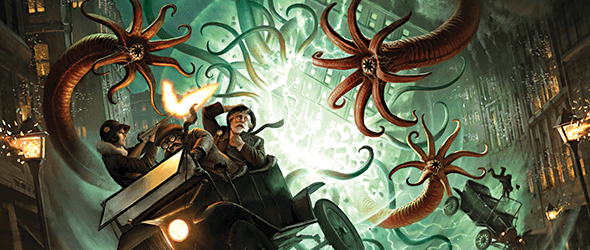Horror stories have a unique power—they captivate readers with a blend of fear, suspense, and the eerie unknown. Crafting the best horror story book requires more than just jump scares and monsters; it involves a careful orchestration of elements that evoke deep-seated fears and keep readers on the edge of their seats. Whether you’re a seasoned writer or just starting, understanding these key elements can help you craft a tale that lingers in the reader’s mind long after they’ve turned the final page.
1. Setting the Stage: Atmosphere and Environment
The setting of a horror story serves as more than just a backdrop; it becomes a character in itself, setting the tone and evoking emotions. Whether it’s a haunted mansion shrouded in mist, a desolate forest echoing with strange sounds, or a quiet suburban neighborhood hiding dark secrets, the atmosphere must be palpable. Descriptive language plays a crucial role here—use vivid imagery to create a sense of foreboding and unease. Engage the senses of sight, sound, and even smell to immerse the reader fully into the chilling world you’ve crafted.
2. Monsters and Malevolence: Creating Fearful Antagonists
Every memorable horror story needs a compelling antagonist, whether it’s a supernatural entity, a deranged serial killer, or a malevolent force from beyond. The key is to make the threat both terrifying and believable. Develop your antagonist’s backstory—what drives their malevolence? What dark deeds have they committed or suffered? Humanize them to some extent, making them more complex and thereby more frightening. Balance between revealing enough about their nature and keeping an aura of mystery that fuels dread.
3. Building Tension: The Art of Suspense
Tension is the lifeblood of horror. It’s the creeping sensation that something isn’t quite right, the tightening of the chest as the inevitable draws nearer. Mastering suspense involves pacing your story effectively—know when to escalate the danger and when to give your readers a moment to breathe. Use cliffhangers, foreshadowing, and unexpected twists to keep them guessing and engaged. The more invested they become in your characters’ fates, the more potent the fear when those fates are threatened.
4. Psychological Depth: Probing the Human Psyche
Beyond the external threats, effective horror delves into the psyche of its characters—and by extension, its readers. Explore themes of guilt, isolation, and the fragility of sanity. Use your characters’ fears and vulnerabilities to amplify the horror they face externally. Consider the psychological toll of confronting the unknown or battling inner demons. This introspection not only adds layers to your narrative but also fosters a deeper emotional connection between readers and your story.
5. Twists and Revelations: Subverting Expectations
A great horror story often hinges on its ability to surprise and unsettle. Subvert expectations with unexpected plot twists or revelations that challenge what the reader thought they knew. This could involve revealing a hidden connection between characters, exposing a shocking truth about the antagonist, or turning a seemingly safe haven into a new source of terror. However, ensure these twists are foreshadowed subtly to maintain believability and avoid feeling contrived.
6. Catharsis or Dread: Crafting a Memorable Ending
The conclusion of a horror story can leave readers with a sense of cathartic relief or lingering dread—or sometimes a chilling combination of both. Consider the emotional journey you want readers to take. A satisfying resolution may offer closure and a glimmer of hope, even amidst tragedy. Conversely, an ambiguous or bleak ending can leave a haunting impression, inviting readers to contemplate the story’s deeper implications long after finishing it. Whatever path you choose, ensure it resonates with the themes and tone established throughout your narrative.
Conclusion
Crafting a gripping horror story requires a delicate balance of atmosphere, compelling characters, psychological depth, and well-executed suspense. By understanding these key elements and how they interplay, you can create a narrative that not only frightens but also resonates deeply with your audience. Embrace the darkness, explore the unknown, and unleash the secrets that lurk within—your readers will thank you for the chilling journey into the heart of fear.



